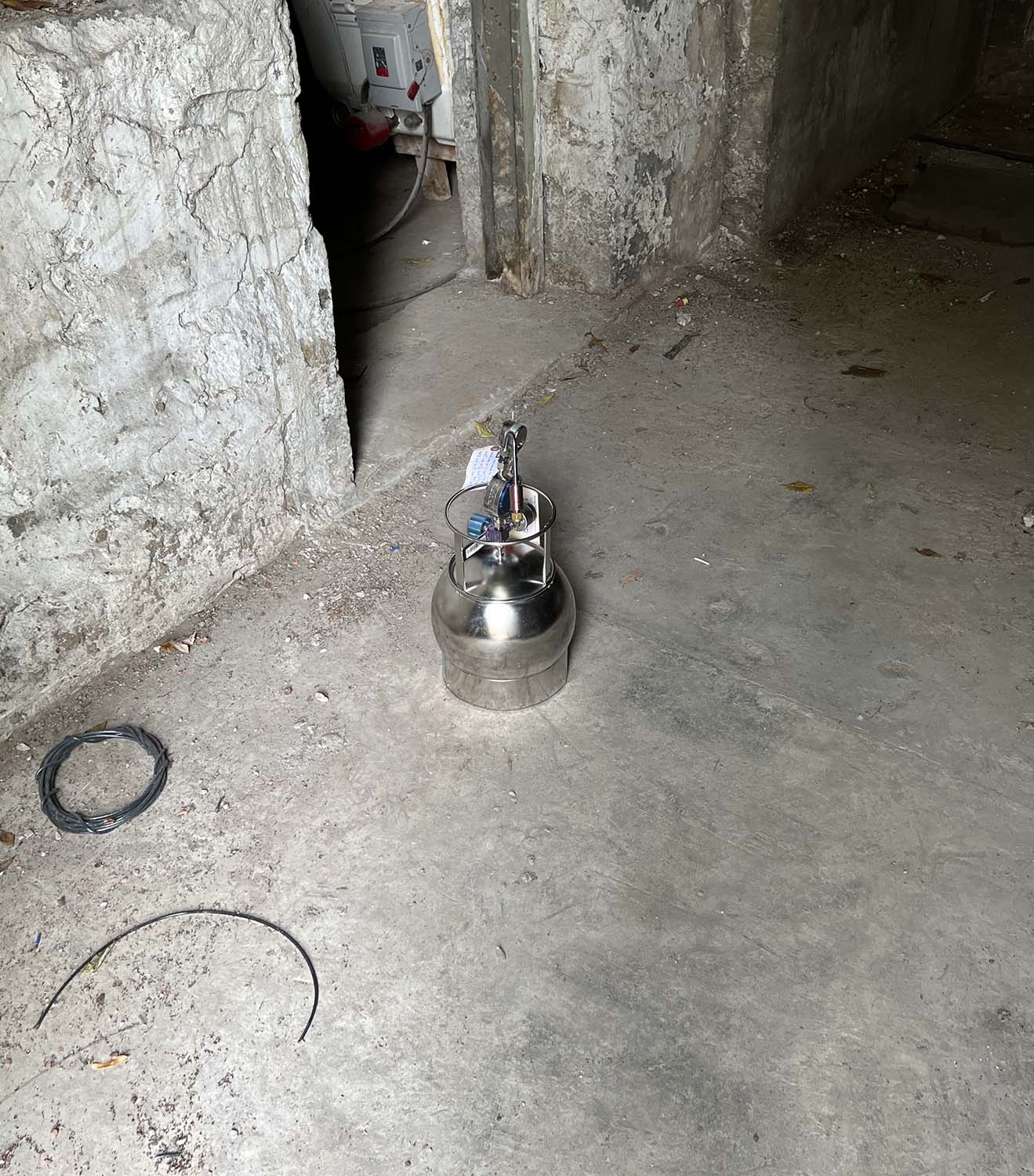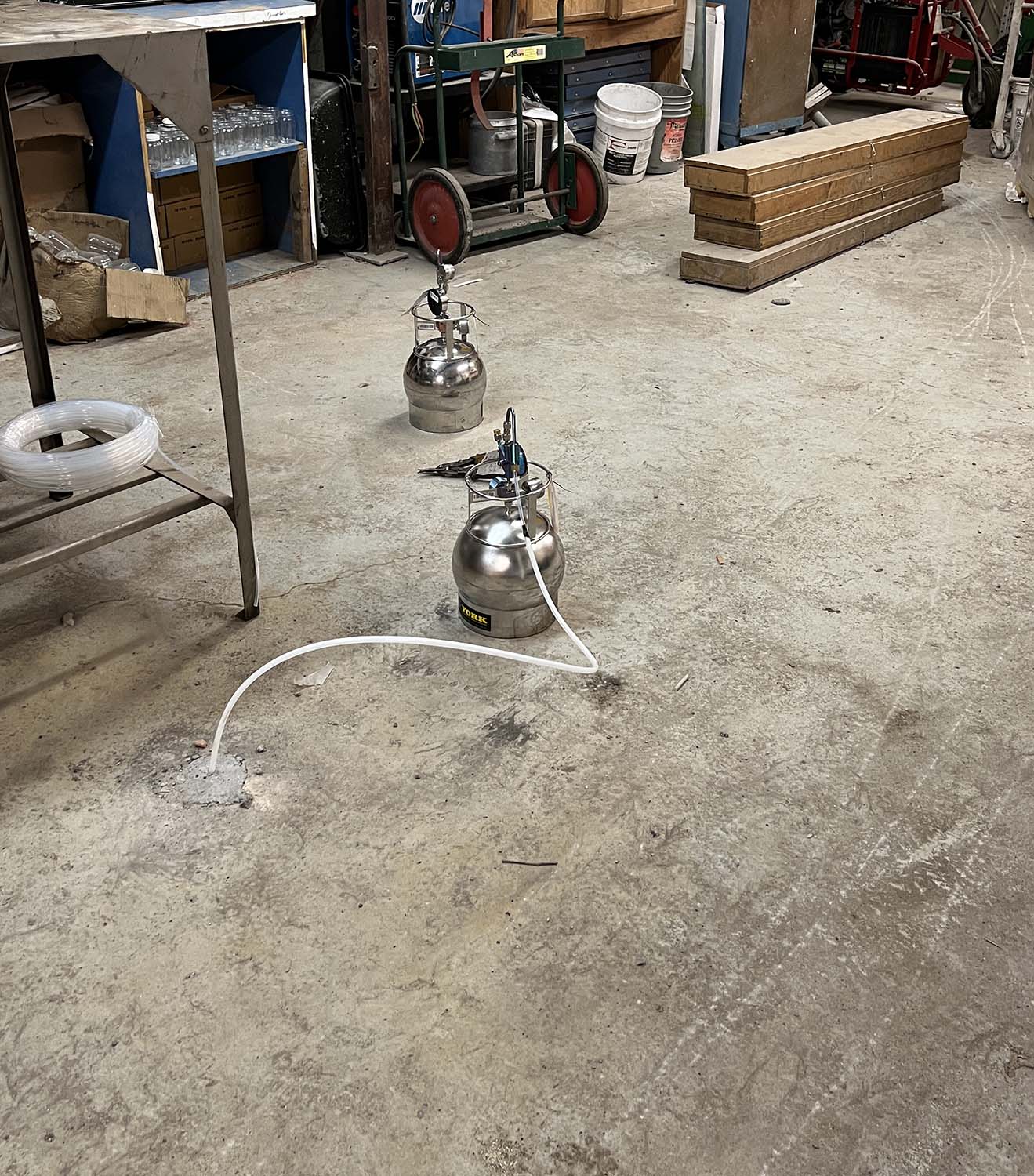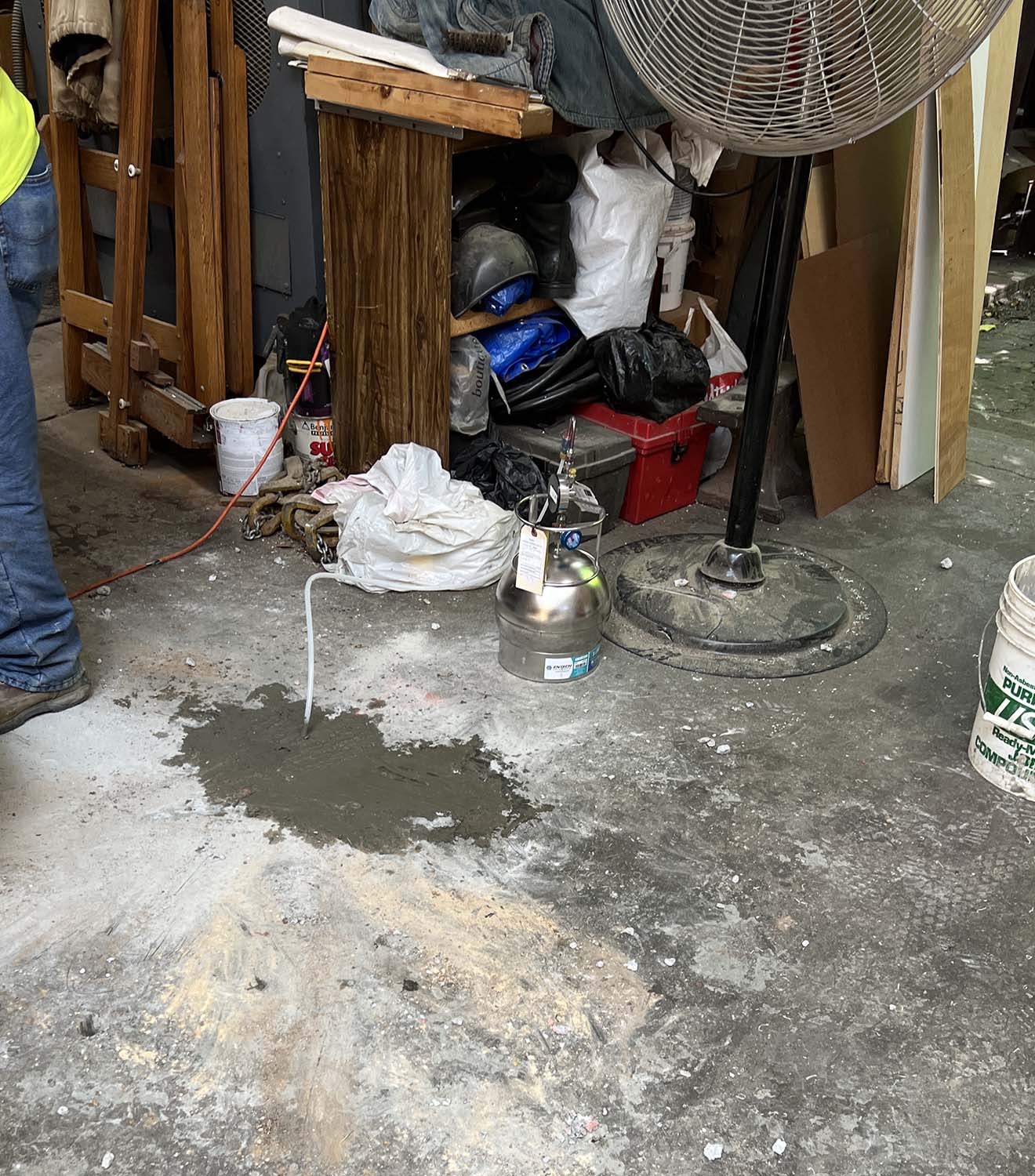A Phase II Environmental Site Assessment (ESA) is a more detailed investigation conducted following the initial Phase I ESA when potential environmental contamination has been identified or suspected. While the Phase I ESA focuses on identifying potential risks and liabilities associated with a property, the Phase II ESA involves actual sampling and testing to assess the presence and extent of contamination.
The purpose of a Phase II ESA is to gather data and determine the nature, concentration, and distribution of hazardous substances or pollutants in various environmental media, such as soil, groundwater, surface water, or building materials. This assessment helps to evaluate the potential risks to human health and the environment, as well as to assess the feasibility and scope of any necessary remediation or cleanup measures.
The need for a Phase II ESA typically arises when the Phase I ESA identifies recognized environmental conditions (RECs) or areas of potential concern (AOCs) that require further investigation. These RECs or AOCs can be indications of past or present contamination, such as the presence of underground storage tanks, chemical spills, or other hazardous materials.
During a Phase II ESA, specific sampling techniques are employed to collect representative samples from targeted areas of concern. The sampling locations and media are determined based on the findings of the Phase I ESA and the suspected sources of contamination. Common sampling methods include drilling boreholes to collect soil samples, installing monitoring wells for groundwater sampling, and collecting samples of surface water or building materials as necessary.
The collected samples are then sent to accredited laboratories for analysis. The laboratory testing may involve chemical analyses to identify and quantify hazardous substances or pollutants present in the samples. The results of the laboratory analyses are compared to relevant regulatory standards and guidelines to assess whether the contamination levels exceed acceptable limits.
Based on the findings of the Phase II ESA, a comprehensive report is prepared that includes a detailed description of the sampling methods, laboratory results, data interpretation, and recommendations for further action. If contamination is confirmed, the report may provide information on the extent and severity of contamination, potential migration pathways, and potential risks to human health and the environment.
The outcomes of a Phase II ESA play a crucial role in determining the need for remediation and guiding subsequent steps in the environmental management process. If contamination levels are significant, a Phase III ESA may be required, which involves further investigation and delineation of the contamination plume, development of remediation plans, and implementation of cleanup measures.
It's important to note that the specific requirements and procedures for conducting a Phase II ESA can vary depending on local regulations, project objectives, and the nature of the suspected contamination. Working with qualified environmental professionals, such as environmental consultants or engineers, is essential to ensure the accurate assessment of environmental risks and appropriate actions to mitigate potential hazards.




